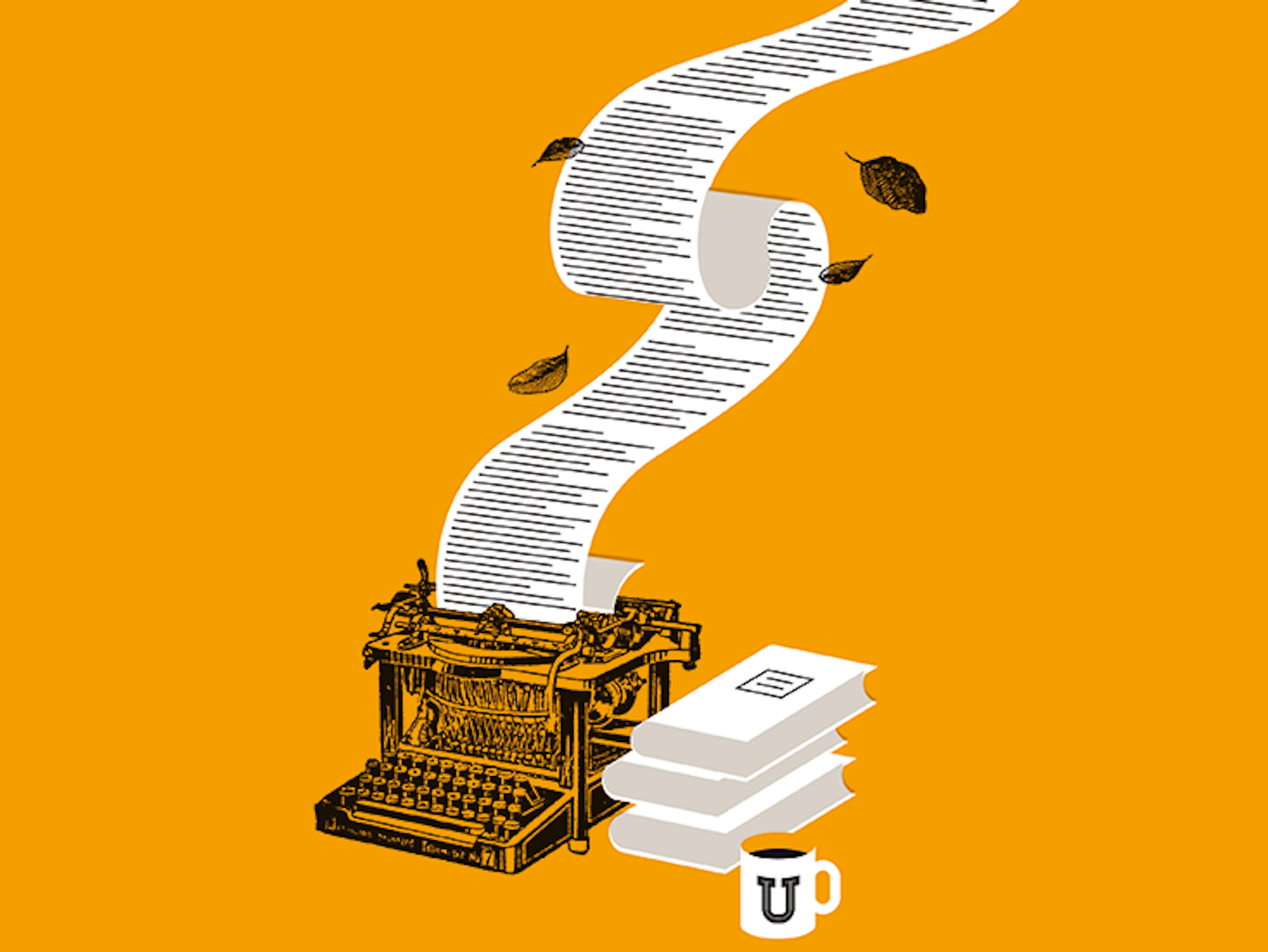In the nearly 25 years that I spent in school, I produced countless term papers, exams, and presentations, nearly all of which of no value to anyone else. And that goes for most of the 20 million or so college and graduate students currently pursuing higher education in the United States. They produce thousands of pages of written work that instructors and teaching assistants spend countless hours grading. It helps the students learn, but it doesn’t serve a wider purpose to society.
It doesn’t have to be this way. College students are hardworking, intelligent, and educated adults. In my capacity as an associate professor at the Institute of Cognitive Science at Carleton University, I have developed several ways that they can contribute to science and to their peers in the process of doing their classwork. (See the video of my TEDx talk on this subject at the bottom of the post.) Here are five types of assignments that help them accomplish that goal:
1. Students can produce materials that other scientists need. Take literature review. Scientists have to stay abreast of new science articles, but they don’t have the time to read every paper completely. Succinct paper summaries can help. In 1999, I started a website called “Cognitive Science Summaries” where students post summaries of new research papers. They have to read the article carefully and explain the methodology and the results. The knowledge that their work will be on the web motivates them to do a good job.
2. Students can help research scientists by acting as liaisons to the lay public whose support and respect the scientists need in order to get funding for their research. I’m in the process of teaching my students how to produce audio podcasts that outline a scientist’s work and highlight its potential application. Students must learn to explain complex ideas in a narrative form, find analogies that relate the science to the general world, and make the story engaging enough for others to want to listen to it. After all that, they also have a better understanding of the science.
3. Students can write learning guides for each other. The Wikimedia Foundation, which manages Wikipedia, also hosts a project called “Wikibooks,” where anyone can add content to create textbooks. Students in my artificial-intelligence classes are required to write chapters or chapter sections for the Artificial Intelligence Wikibook about a method that has not yet been covered in that book.
4. Students can help each other to design new learning strategies. One of the most difficult parts of cognitive science is memorizing the location, name, and function of different brain areas. This is the idea behind the Brain Areas Mnemonics Wiki. Students in my class are required to create three mnemonics for areas that do not yet have one. A class of 15 students will create 45 in a single semester, and these will help out future classes. For example, one student created a textual mnemonic for the association of the basal ganglia with motor control, cognition, emotions, and learning: Imagine a person trying to learn to dance, unsuccessfully, next to a bee hive. The person’s sudden movements make the Bee Gang (Basal Ganglia) angry and the bees decide to attack.
5. Students can do real scientific research. Just how feasible this is varies by discipline. Artificial intelligence is a relatively new discipline with countless relatively approachable problems to identify and explore. In my artificial-intelligence class, I asked several student groups to write computer programs to detect the relationship (like “above” or “across from”) between two objects labeled in photographs. I submitted the best ones to a peer-reviewed publication. The paper (pdf) had 11 authors, many of whom were undergraduates, who can now add having published a scientific paper to their resume.
These projects don’t just make student work more useful, they also help students see themselves as scholars, thinkers, and scientists. This in turn can help them feel invested in their field of study, and more determined to succeed.
Jim Davies is an associate professor at the Institute of Cognitive Science at Carleton University in Ottawa, where he is director of the Science of Imagination Laboratory.






























